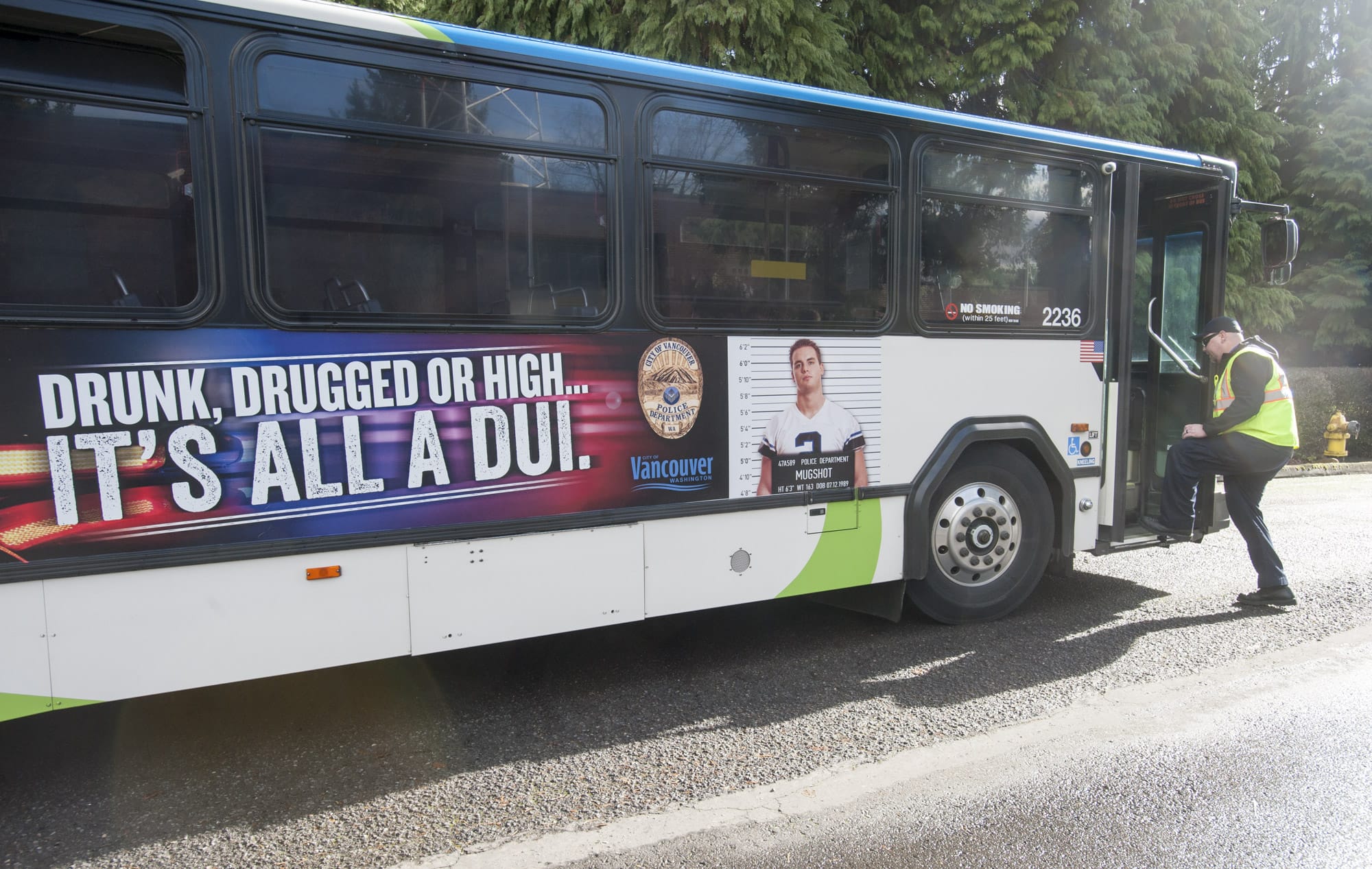Driver impairment due to the use of drugs or alcohol continues to be the No. 1 contributing factor in fatal crashes statewide, according to a new state study, and multi-drug use has become the most common type of impairment observed in fatal crashes.
In more than a quarter of fatal crashes where impairment by multiple drugs was a factor, the mix was alcohol and marijuana.
The findings come in the Washington Traffic Safety Commission’s latest study on impaired driving, which found 61 percent of tested drivers in fatal vehicle crashes from 2008 to 2016 tested positive for alcohol or drugs.
Among drivers in fatal crashes during that period, 44 percent tested positive for two or more substances.
Combinations of alcohol and drugs, or multiple drugs, became the most common kind of driver impairment in 2012 — surpassing alcohol alone — and the number of those drivers involved in fatal crashes increased an average of 15 percent each year since, according to researchers.
“By 2016, the number of poly-drug drivers were more than double the number of alcohol-only drivers and five times higher than the number of THC-only drivers involved in fatal crashes,” the study authors wrote.
Staci Hoff, research director for the commission, said about 29 percent of the multi-drug drivers tested came back positive for THC, the active ingredient in marijuana, and alcohol.
While alcohol-only fatal crashes are on the decline, it’s still a component in many of these crashes.
“Alcohol is still the No. 1 killer; now it’s just worse because they’re mixing it with other drugs,” Hoff said.
The data does have some shortcomings, she said.
About 55 percent of drivers involved in fatal crashes are drug tested, per state law, she explained. That’s a high rate relative to other states, she said, and statistical extrapolation, at least for driving deaths involving alcohol, tends to be effective.
However, not every crash survivor is tested. If you die in a car crash, as a driver, passenger, pedestrian or otherwise, officials will conduct a blood test.
That isn’t necessarily true for survivors. People involved in these crashes are often seriously hurt, she said, precluding investigators’ ability to seek more information and justify other blood tests.
Getting a blood test requires a warrant, but investigators need a good reason to apply for one.
“It comes down to probable cause,” Hoff said.
Furthermore, considering the mixed conclusions available regarding marijuana and driving, she would guess the state is missing data on some impaired drivers.
The effects of marijuana consumption on driving, along with other drugs, aren’t always as apparent as alcohol, so it can be harder to find probable cause. Also, marijuana research is limited in general.
“What has been measured well, mostly in simulator studies, is the very specific things you need to drive,” she said, adding these are discrete concepts like staying in a lane.
Generally, she said, there are three major hurdles to researchers’ understanding of marijuana and how it relates to traffic safety:
• Blood levels do not equate to impairment in the way blood alcohol content does.
• Regular users and irregular users react differently to THC.
• There’s significant variance in the ways cannabis products are consumed, from the relatively low-power pot used by DEA-authorized experiments to super-potent concentrates.
“Those three factors right there are something that I don’t think we’re ever going to get past,” she said. “And if we do, it’s going to be decades of research down the road.”
While much of the available literature on marijuana use and driving isn’t as conclusive as for alcohol, the question on the road, she emphasized, is and has always been whether a driver is impaired, not the technical details.
“One thing you can absolutely say, without question, even in the research, is that using alcohol and marijuana together increases impairment” relative to either one alone, she said.
Going forward, Hoff said the traffic safety commission is trying to find ways to more effectively educate these higher-risk, multiple drug-using drivers about impaired driving, and the added risks of mixing drugs.
The multi-drug users tend to match the demographic of those who are most likely to drink and drive anyway — males 18 to 35 years old — but Hoff said the commission wants to try zeroing in on the alcohol and marijuana combination.
Beyond the fatal crash testing, a roadside survey of drivers randomly selected from traffic around the state found nearly one in five daytime drivers may be under the influence of marijuana.
That’s up from less than one in 10 before the start of legal recreational marijuana sales.
The study also found more than half of drivers 15 to 20 years old think marijuana made their driving better, significantly higher than the 14 percent of drivers age 21 to 25 or the 14 percent in drivers age 26 to 35.
Part of the work will be learning about and addressing these kinds of misconceptions.
She pointed to cellphone use as an example. There’s a perception among drivers that 90 percent of other drivers on the road are on their phones. That number is closer to 10 percent.
Something similar is happening among this group of risky drivers, she said, leading them to underestimate the dangers of mixing marijuana, or other drugs, and driving.
“They think it’s much more common than it is.”




